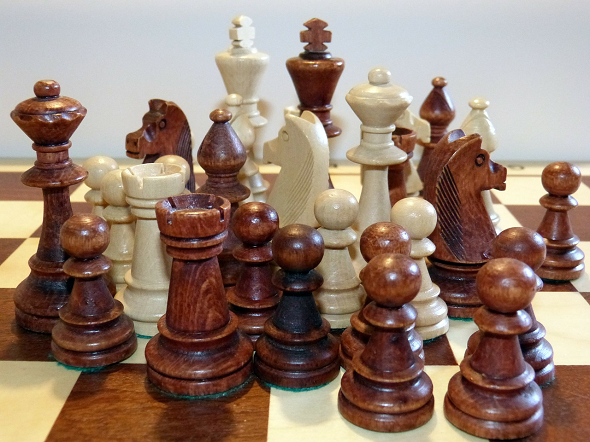The article doesn’t mention if the actress got caught and if she received punishment.
A true story?
This story about a chess picture used for secret communication is certainly a nice one. However, it leaves a number of open questions. First of all, I wonder whether this story is true. Everybody’s Magazine is certainly not the most reliable source. Second, the article does not say, which country the attaché was from. As the story took place during WW1, it certainly was not a country that was an enemy of France. Third, I don’t understand, why the spy sent this message to a foreign chess club she didn’t even know. Did she have a contact person there? Wasn’t there an easier way to deliver this information?
If you have answers to my questions, please let me know.
Follow @KlausSchmeh
Further reading: Secret messsages hidden in letters sent by prisoners of war



Kommentare (7)